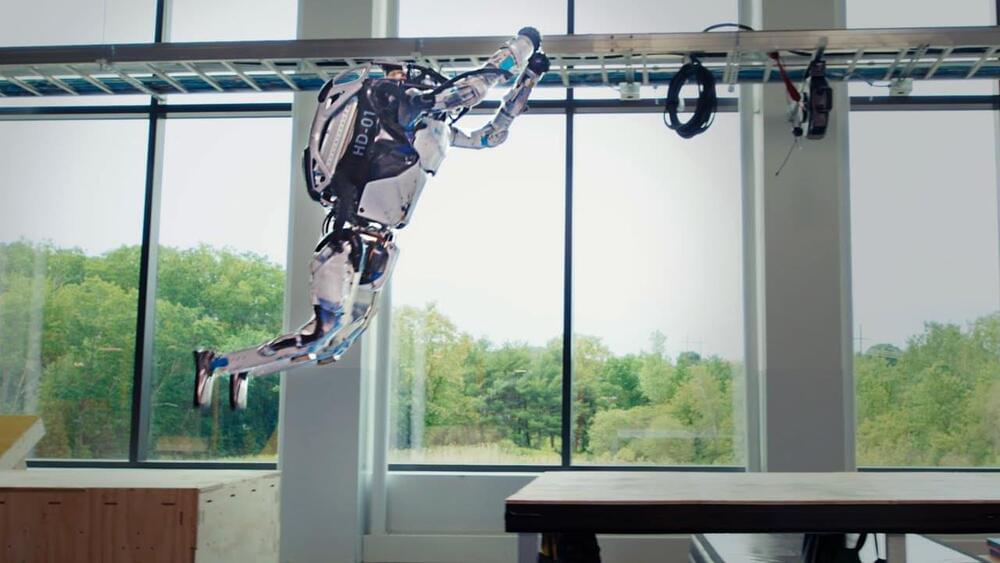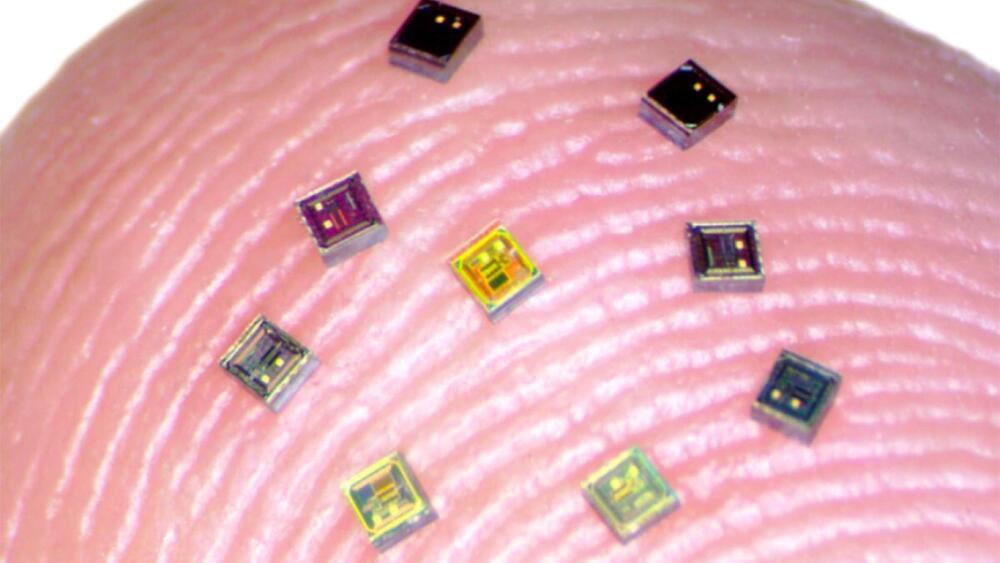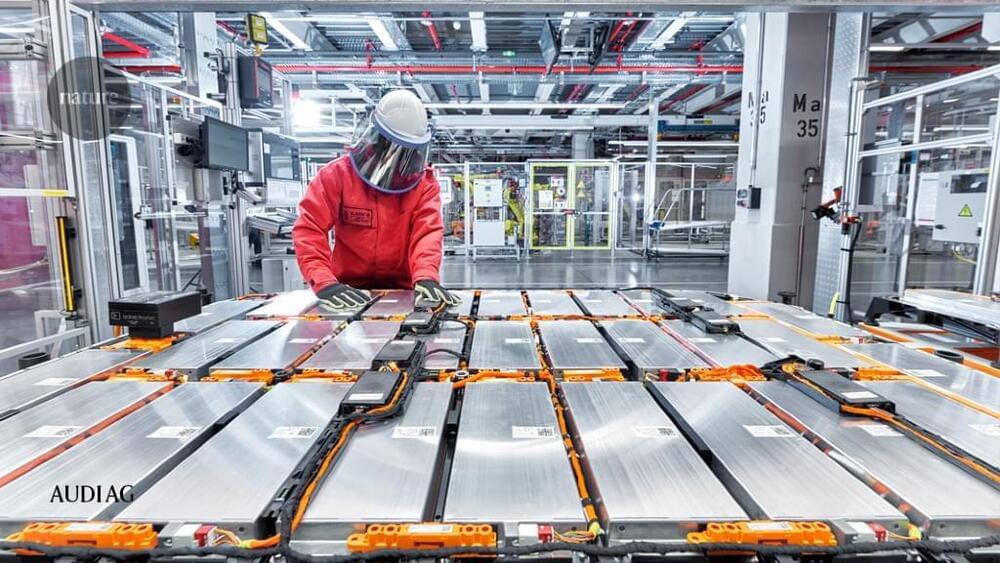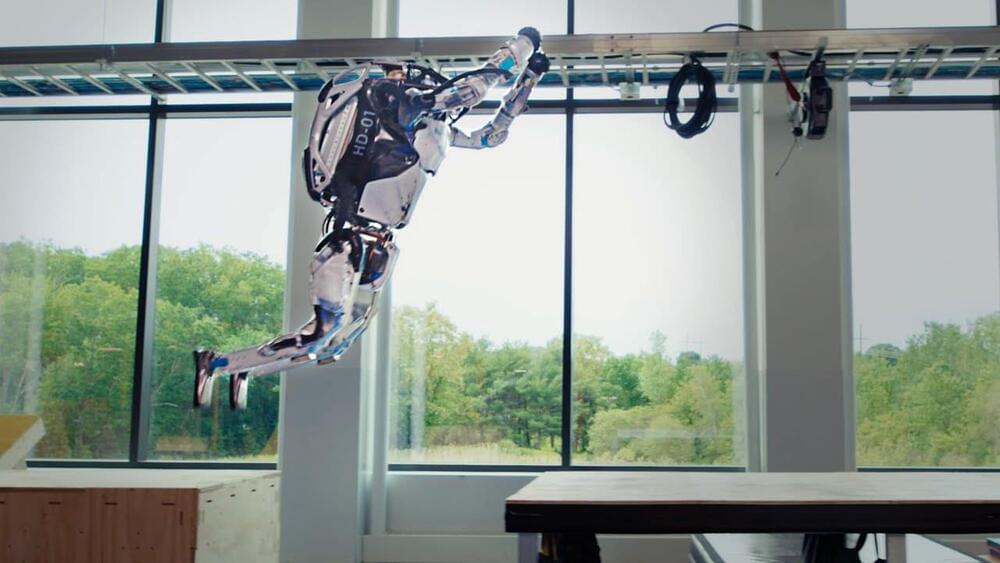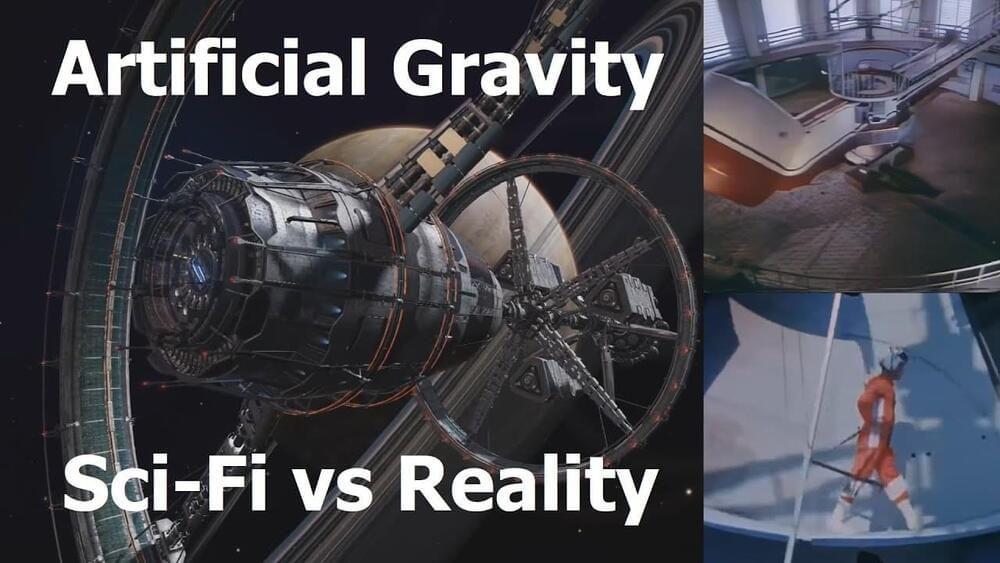Aug 17, 2021
Army Details Successful Prototype Demonstration of First Laser Weapon
Posted by Omuterema Akhahenda in categories: energy, military
FORT SILL, Okla., Aug. 17 2021 — The U.S. Army has completed a directed-energy maneuver short-range air defense (DE M-SHORAD) “combat shoot-off” — its first development and demonstration of a high-power laser weapon. As part of the DE M-SHORAD combat shoot-off, the Army Rapid Capabilities and Critical Technologies Office (RCCTO), alongside Air and Missile Defense Cross Functional Team, Fires Center of Excellence, and the U.S. Army Test and Evaluation Command, took a laser-equipped Stryker vehicle to Fort Sill, Okla. At the combat shoot-off, the Stryker faced a number of realistic scenarios designed to establish, for the first time in the Army, the desired characteristics for future DE M-SHORAD systems.


